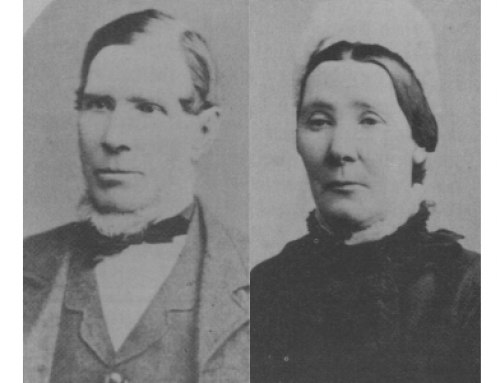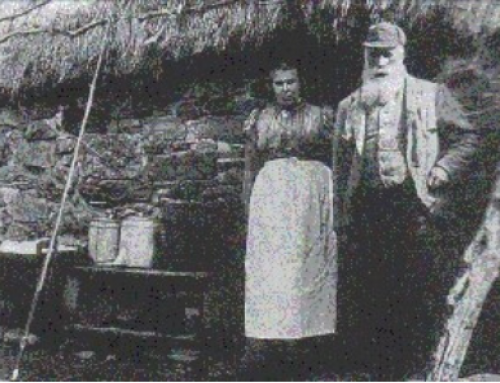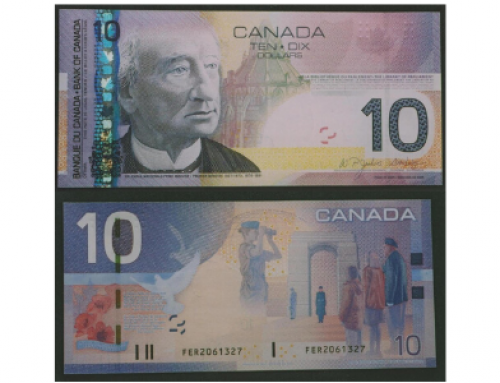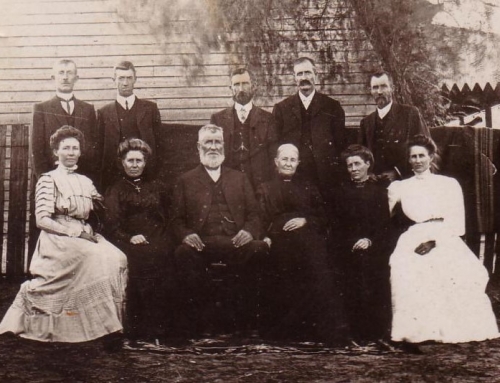Content by: Ian McRae
From the 14th century on, the Lowlanders were mostly speakers of Scots (an English dialect) and the Highlanders of Gaelic. By the 15th century, bynames and nicknames were becoming inherited surnames in the Lowlands, and most people had a fixed family surname by the 16th century. In the Highlands, patronymics continued to be used regularly into the 17th century and sometimes later.
Until the 17th century, a woman always retained her own byname or surname on marriage, and it was not common practice for her to adopt her husband’s name until the late 19th or early 20th centuries. Modern Scottish law tends to identify a woman by her original name.
Many Scottish clan and family names are preceded by Mac (son of) so were originally patronymics. Many surnames which are not recognised as a separate clan are associated with one (i.e., a sept) and are entitled to wear their chief’s tartan.
Of the name Macraith
Originally an old Irish personal name; Macraith (MacGrath), the family with surname Macraith is still a recognized clan in Ireland. Two native Irish families adopted the name, one based on the borders of the modern counties of Donegal and Fermanagh, around Termon MacGrath, the other in Co Clare. The sept in County Clare were famous as hereditary poets to the ruling O’Brien family of Thomond. The sept on the borders of Donegal and Fermanagh was a `co-arb’ family. Comharba `heir’ denoted a situation where an abbot of a religious foundation, `the heir of the founder’, had become a lay-lord and his family held the property from father to son. The co-arb usually provided a priest for the abbey.
Neither area can claim to have large numbers of the surname today. The southern family spread eastwards, into counties Tipperary and Waterford, while the northern family’s descendants are now mainly to be found in County Tyrone, where they settled around Ardstraw after being driven from their homeland by the O’Donnells.
Of the name MacGrath
The Gaelic MacGrath (pronounced magraw – the ‘th’ is silent in Gaelic), and its many variants: Magrath, MacGraw, Magra, comes from the Irish personal (first) name of MacRaith, originally from the personal name Rath (pronounced raw – the ‘th’ is silent), meaning ‘grace’ or ‘prosperity’. The name Macraith in its many forms is not patronymic and was applied to men ‘endowed with more than an ordinary measure of sanctity or grace.’
The first written appearance of the name is found in The Annals of the Kingdom of Ireland by the Four Masters (AD 448) in reference to Macraith the Wise, a member of the household of St. Patrick.
Clan MacRae Name Variants and Septs
The name sept is given to members of a Clan who do not share its name, although they may or may not be of the same blood. Within a Clan, following the Highland tradition of designating people by the names of their fathers, grandfathers, and sometimes more remote ancestors, other names could be used for certain family groups. The word Clann (or Clan) in Gaelic means “family” and there were many such groups who made no pretence to set up as major powers on their own, but who followed the local chief and became members of his Clan. Sometimes these smaller kindred were widely spread, and their branches would follow different Chiefs. Very often the same name could come from a whole range of unrelated sources, particularly in the case of Mac-names, or patronymics, which mean “Son of”.
The following surnames are recognized by the Clan MacRae Society as official variants and sept names of the clan, with [Mc] or [M’] being acceptable in place of [Mac] in all cases:
| Crae | Cree | Macara | Macarra |
| Maccra | Maccrath | Maccrae | Maccraith |
| Maccraw | Maccray | Maccrea | Maccreath |
| Maccree | Maccrie | Macrath | Maccroy |
| Macgrath | Macgraw | Machray | Macra |
| Macraith | Macrach | Macraw | Macray |
| Macrie | Rae | Raith | Ray |
| Rea | Reath | Macrae | Mackereth |
Given (Personal) Naming Conventions
The following guidelines were often used for given or personal names. Although not “hard and fast” rules as such, they do provide some assistance to the family historian or genealogist for confirming possible family connections in support of other references or sources:
| 1st son named after paternal grandfather, may use mother’s maiden name as middle name. | |
| 2nd son named after maternal grandfather. | |
| 3rd son named after father’s eldest brother. | |
| 4th son named after father. | |
| 1st daughter named after maternal grandmother. | |
| 2nd daughter named after paternal grandmother. | |
| 3rd daughter named after mother’s eldest sister. | |
| 4th daughter named after mother. |





